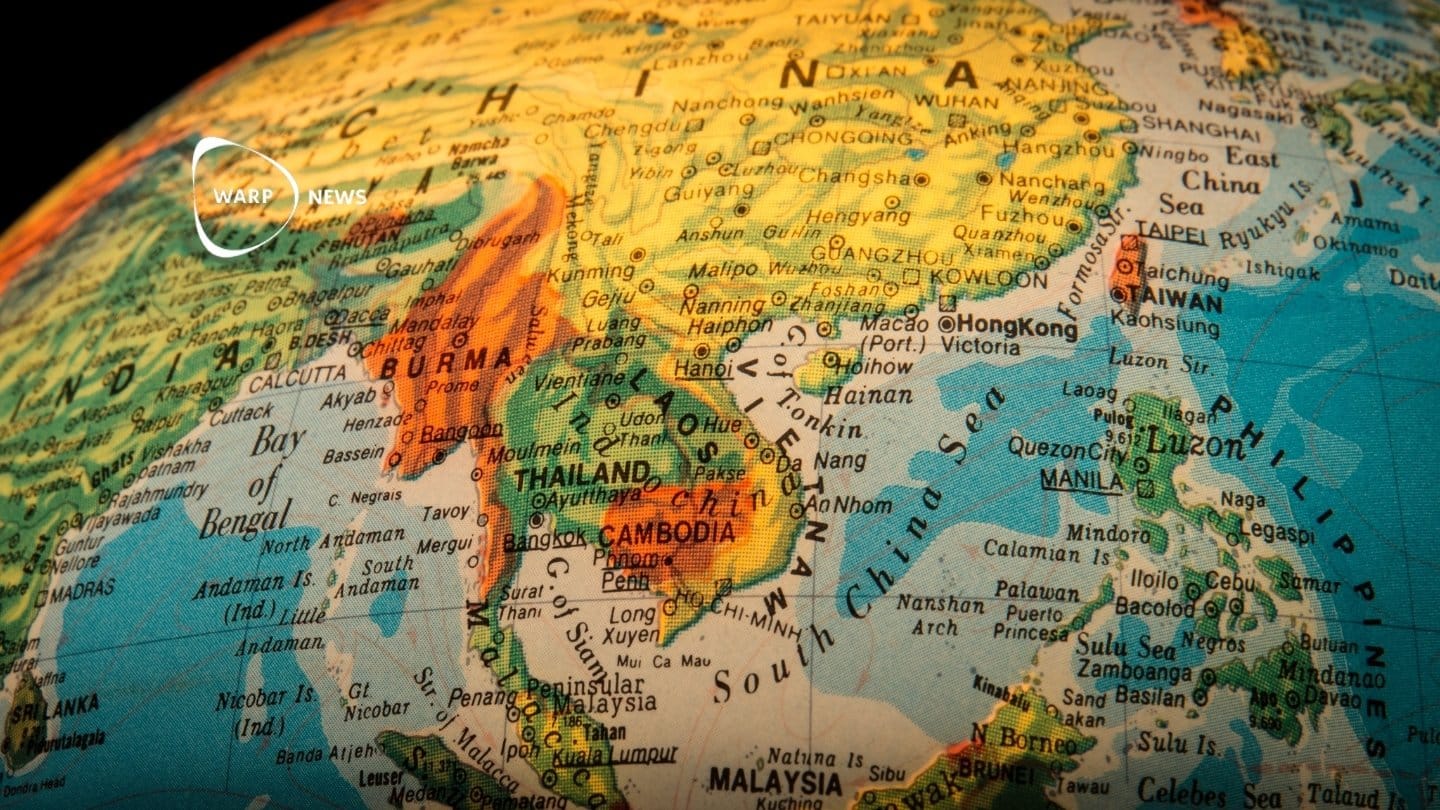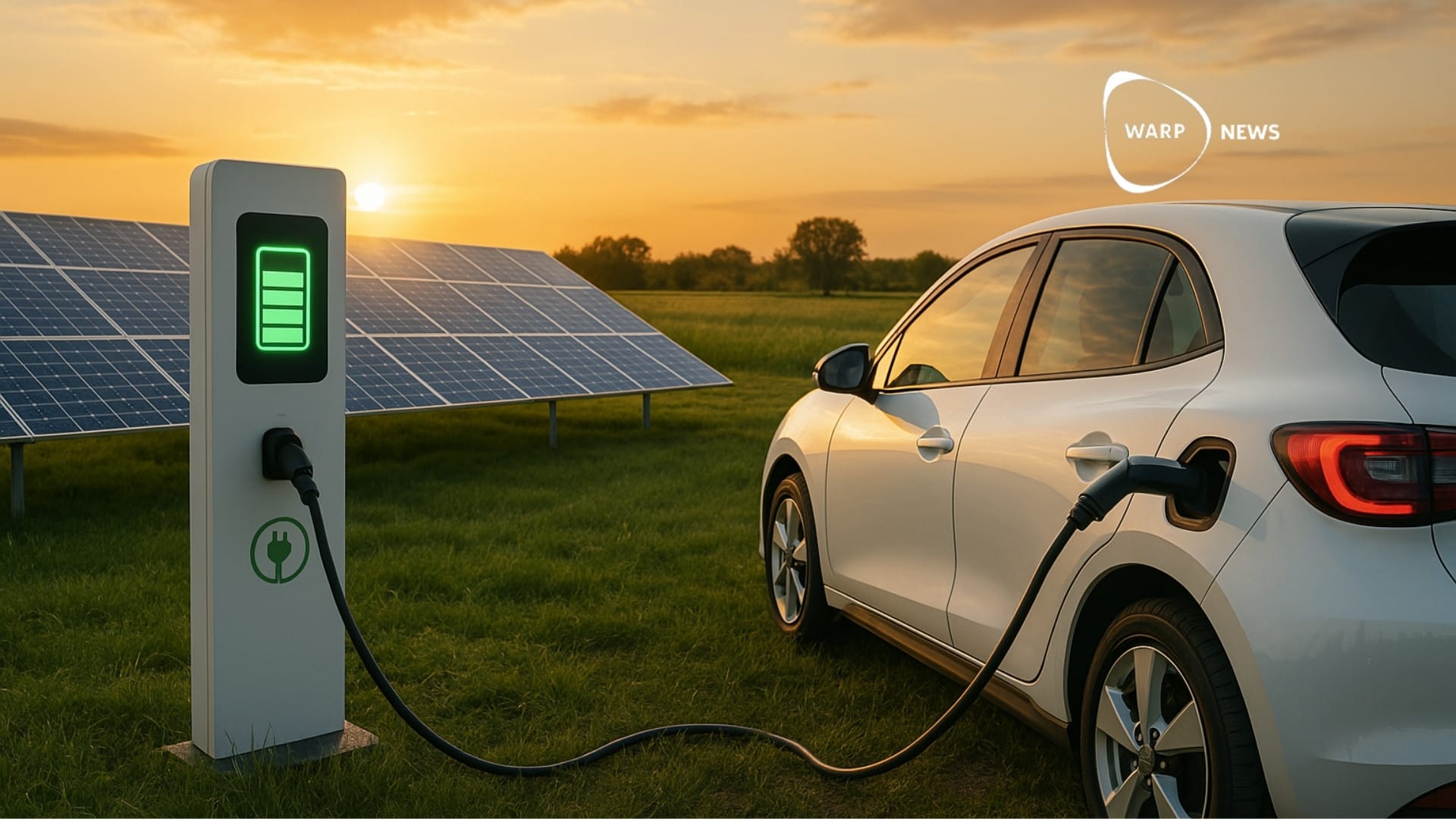
🌱 Meet the super food of the future
Algae can be used in more ways than you can imagine. Warp News Marco Borsari guides you through the latest findings within green tech – quite literary.
Share this story!
Algae are defined as the "food of the future," the subject of several kinds of research. In Italy, some innovative green projects are underway in the circular economy, wastewater reuse, biofuels, organic food, green paints, to mention some examples.

Algae-based foods through history
The cultivation of algae has historical origins. During the 16th century in Central America, Spirulina Algae was cultivated by the Aztecs to make cakes called "tecuitlatl." The Central African populations around Lake Chad also used it similarly, producing the dessert "dihè."
Recently, there has been a boom in algae crops, particularly in the food and dietary supplement sectors. The market is led by Spirulina, a superfood recognized in the World Food Conference of 1974 by the UN as "food of the future" and named "best food of the 21st century" by the WHO.
Algae such as Spirulina are generally cultivated in silos or tubs inside greenhouses, where the water is continuously revived to stimulate growth and photosynthesis. To stimulate 24/7 growth, the tanks are often illuminated with LED lights.
Why are algae "future food"?
- Algae as Spirulina have very high concentrations of antioxidants, vitamin A, vitamin E, vitamin B1, far superior to traditional foods such as fruits and vegetables
- They also have very high and complete protein supplies (dried Spirulina contains about triple the proteins of a lean meat steak)
- And algae contain high amounts of minerals available, such as potassium and magnesium, responsible for improving physical performance and balancing the nervous system with a calming action
- Algae cultivation, which takes place in greenhouses and silos, requires very little soil consumption compared to other crops
- Algae cultivation requires up to 90 percent less water than other plant species
- The growth of algae occurs through the consumption of CO2 from the air and produces oxygen


Not only Spirulina – not only food
Chlorella is a type of algae that functions as a detoxifier and effectively rids the body of environmental toxins such as heavy metals. According to the latest research, it also appears to have the necessary qualities for treating cancer and chronic diseases.
Several families of algae are used in the cosmetic industry with a thickening, anti-dark spot, moisturizing, antioxidant, anti-aging, ...
Some species, such as Kelp and Isochrysis algae, are being tested in biofuel production. The use of them there would allow overcoming the main obstacles of biodiesel production as cultivation is very compact and fast, and doesn't involve deforestation, requires little water, and doesn't conflict with food production.
A market in turmoil – the Italian case
Many innovative projects are underway around the world, in China, India, USA, France, and Australia.
Italy is an emblematic case of algae research growth, in particular on Spirulina.
We will now dive further into this area, pointing out some more green, innovative, integrated examples of circular economy, wastewater treatment, biofuels, organic food, green paint.
Urban algae folly
A visionary idea of ecoLogicStudio to integrate man-made structures and nature.
It's the first example of a bio-digital canopy, located in the square of EXPO Milano 2015 Future Food District. The canopy creates a perfect habitat for microalgae growth, producing the protein equivalent of a few pounds of meat per day. In addition, it guarantees a perfect habitat for visitors as well, consuming CO2 (it absorbs over 10 times more carbon dioxide than any tree) and releasing oxygen.
It works by exploiting the great photosynthesis properties of Spirulina to create a comfortable, useful, eco-sustainable architectural element, designed to better integrate with future cities.

The Mewlife project
MEWLIFE is an ongoing project co-financed by the European LIFE call, carried out by six partners between Italy and Greece, led by NetxChem.
The project aims to reuse wastewater from olive oil production, normally discharged into the environment because loaded with toxic antioxidants. In the pilot plant, wastewater pre-concentrated in a membrane filtration plant is used as a carbon source in algal biomass fermenters.
The biomass produced will be tested in nutraceutical applications and in the production of biopolymers.

Algovoltaic plant
A project carried out by Enel Green Power and ENEA aims to take the integration between energy production and agriculture to a new level.
The agrivoltaic concept is reworked trying to integrate, in a pilot project carried out at the ENEA Center in Portici (Naples), the electricity production from photovoltaic panels with Spirulina cultivation.
The project aims, in a win-win logic, to overcome the problems and needs of technologies by combining inputs and outputs. The problem of efficiency linked to photovoltaic need for space is overcome by combining panel fields with algae crops. The panels provide clean energy to the algae crops, which will be able to absorb CO2 emissions by releasing oxygen.

Pasta production by circular economy
The partnership between Andriani food industry and the young start-up ApuliaKundi has generated an innovative circular economy project in the food sector. We are in Puglia: here the wastewater from the pasta production process, purified in an oxidation plant combined with a reverse osmosis plant, is used to grow Spirulina Algae biomass.
The process circle closes with the production of bio and gluten-free pasta and nutraceutical products. Spirulina Spaghetti made are of very high nutritional value (fiber, iron, potassium).
CO2 biofixation to produce biodiesel
Innovative technology is being tested at the Eni Research Center in Novara for carbon dioxide fixation through the cultivation of microalgae. Using Photo B-Othic technology, a pilot plant was created consisting of multilayer photobioreactors where the alga circulates in special hydraulic panels. Batteries of LED panels flood the microalgae with artificial light at specific wavelengths to stimulate photosynthesis.
It's an innovative plant designed according to circular economy objectives and powered by clean sources, to allow CO2 absorption to favor the microalgae growth. The goal is to produce algae flour for the food market and bio-oil for biodiesel production.

Italy Pavilion at Expo in Dubai
Italy Pavilion recently inaugurated at Expo Dubai 2020 crowns this journey into research on Italian algal technologies.
Thanks to TOLO Green in the Italian pavilion there are five large tanks where algal biomasses are grown and exhibited to visitors. In this way, the Italian Pavilion "breathes", absorbing all the carbon dioxide emitted by visitors and releasing oxygen. It's also the only pavilion not requiring a refrigeration system.
Moreover, the internal walls are covered with an innovative paint of various colors, based on pigments obtained from Spirulina. This green paint was developed by the Boero Group in partnership with TOLO Green to reduce the environmental impact compared to traditional paints.

All of these examples prove that there is a lot to discover if you want to make the most out of the resources given to us here on earth.
By becoming a premium supporter, you help in the creation and sharing of fact-based optimistic news all over the world.


